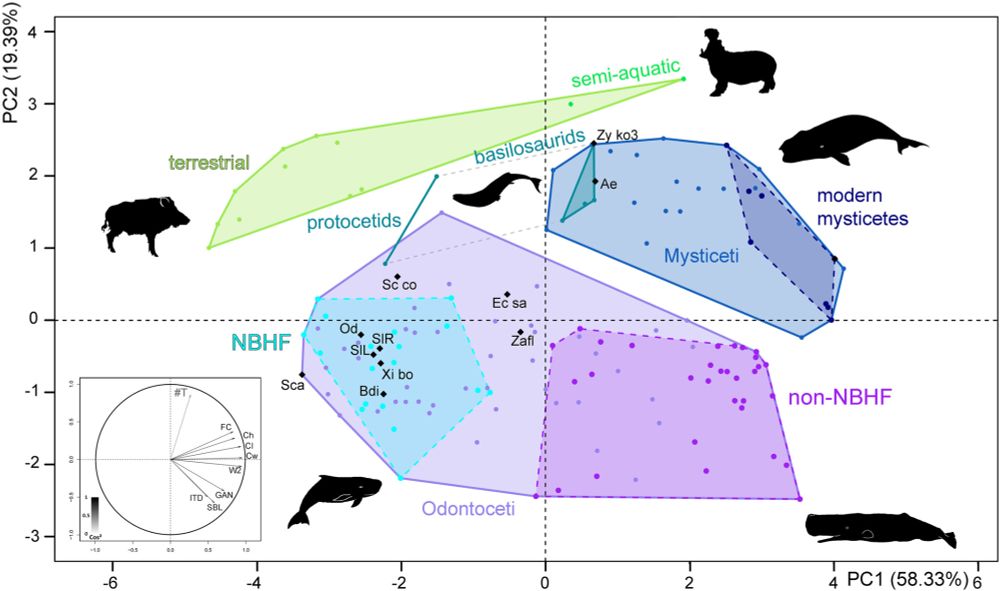Eric Ekdale
@eekdale.bsky.social
290 followers
270 following
100 posts
I teach Biology at San Diego State University. And I study the ears of dead things. And whales. And mammals in general. And other things paleontological, comparative anatomical, and evolutionarily biological that strike my fancy. Opinions are my own.
Posts
Media
Videos
Starter Packs
Pinned
Eric Ekdale
@eekdale.bsky.social
· Dec 4

Variation in whale (Cetacea) inner ear anatomy reveals the early evolution of “specialized” high‐frequency hearing sensitivity
Our findings support sensitivity to low-frequency sound in the archaeocete Zygorhiza kochii and an early toothed mysticete cf. Aetiocetus. Narrow-band high-frequency hearing was present in Oligocene ...
onlinelibrary.wiley.com
Reposted by Eric Ekdale
Reposted by Eric Ekdale
Reposted by Eric Ekdale
Reposted by Eric Ekdale
Reposted by Eric Ekdale
Reposted by Eric Ekdale
Reposted by Eric Ekdale
Reposted by Eric Ekdale
Reposted by Eric Ekdale
Reposted by Eric Ekdale
Reposted by Eric Ekdale
Reposted by Eric Ekdale
Reposted by Eric Ekdale
Reposted by Eric Ekdale
Reposted by Eric Ekdale
Reposted by Eric Ekdale
Reposted by Eric Ekdale
Reposted by Eric Ekdale
Reposted by Eric Ekdale



















